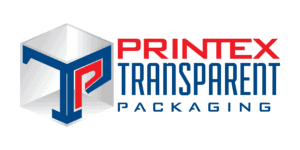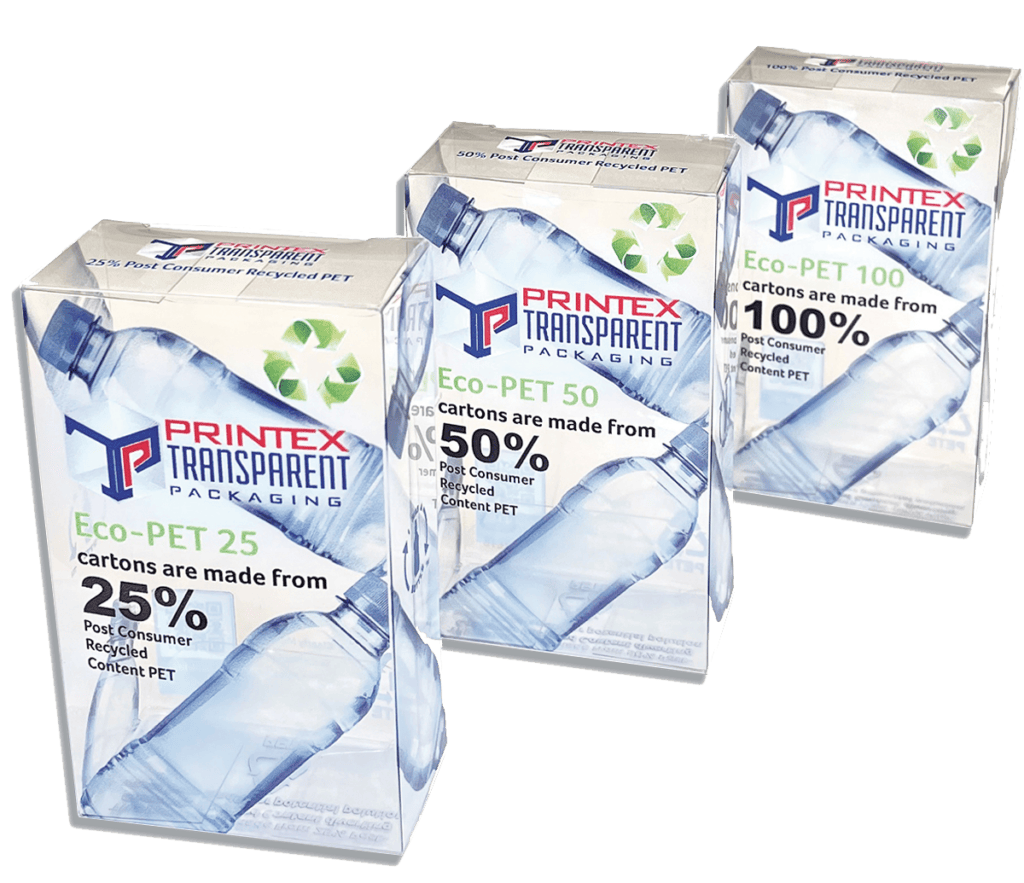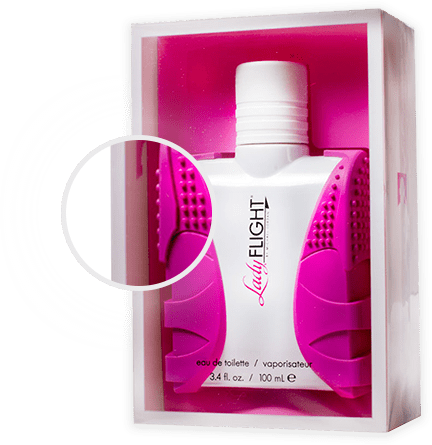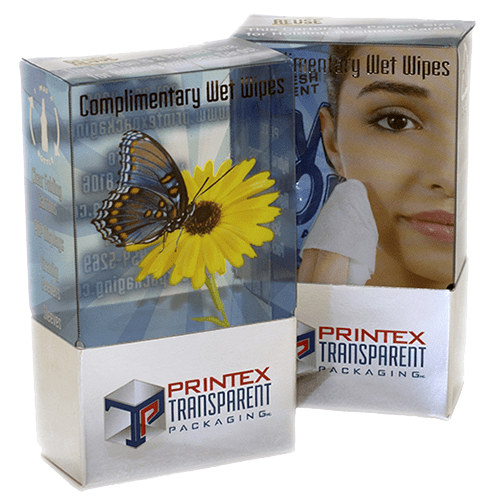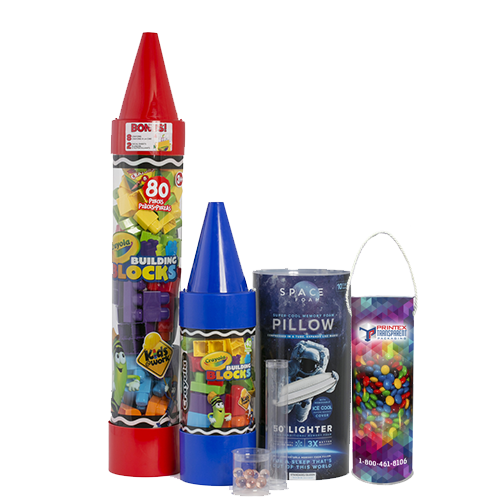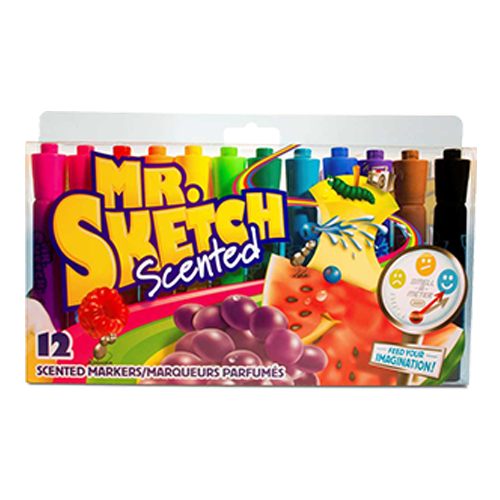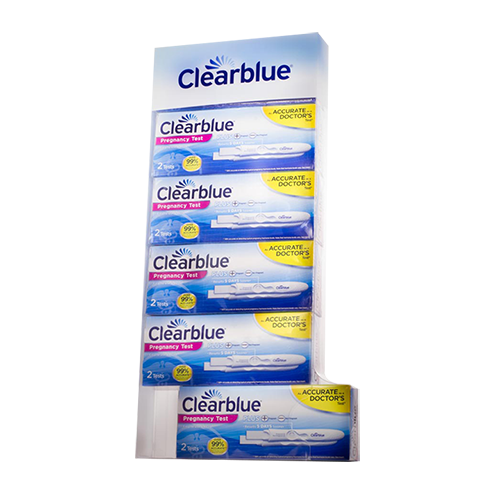Glossary of Terms
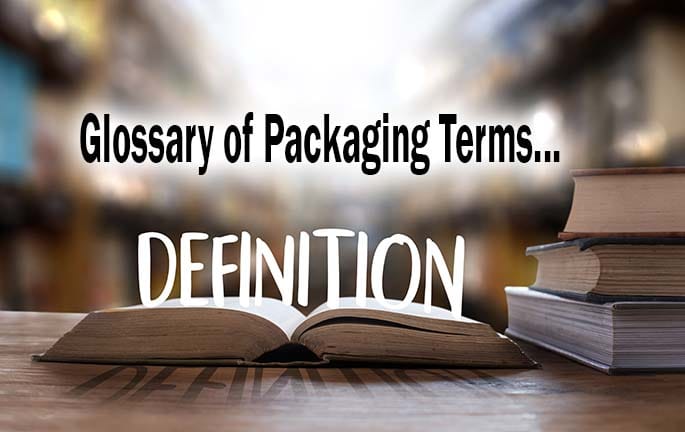 What is PET?
What is PET?
PET stands for Polyethylene Terephthalate. It is a highly recycled polymer and is the same material that your standard water bottle is manufactured from. It is known for its durability and glass-like clarity. If you are looking for an acetate box, chances are that these days it is made from PET. PET is also referred to as A-PET. The “A” means amorphous.
Is Polyester The Same Thing as PET?
Yes, the chemical name for Polyester is Polyethylene terephthalate, otherwise known as PET. When used as a textile, it is called Polyester. When this polymer is used to create clear sheets used to manufacture clear folding boxes in the packaging industry, it is not called polyester, but PET.
What is A-PET?
APET is PET packaging but in a specific stage of processing. PET, of course, is the highly common substrate used to make products like water bottles. When it’s being molded in an amorphous state, it goes by the name APET.
What is PCR PET?
PCR stands for Post Consumer Recycled and PET stands for Polyethylene Terephthalate. Clear PET is what water bottles, for example, are made of. PCR plastics are made from plastic that we have already used and then recycled. The PCR is the resin from the recycled PET. Imagine what happens to your PET water bottle when it is recycled. It is collected, sterilized, and then ground into resin. Sometimes PCR is short for Post Consumer Resin. The resin is then heated and extruded to make new PCR PET sheets. PET is the most recycled plastic on the planet as its polymer chain breaks down at a very low temperature, so there is no degradation of the polymer chain during the recycling process. PET can be recycled multiple times to maintain a closed loop system. Reprocessing existing plastics uses less energy and fossil fuels. This product allows companies to continue to utilize the benefits of clear packaging while meeting their sustainability goals.
What is Eco-PET 100?
Due to the latest improvements in sorting and processing we can now offer a very clear, untinted PET in 100% PCR (Post Consumer Recycled) PET. We call this Eco-PET 100. Eco-PET 100 is made from 100% Post-Consumer Recycled PET content and has a transparent quality very close to virgin PET, due to new processing innovations. Eco-PET 100 is recyclable as resin cycle code 1, the same as virgin PET.
What is Eco-PET 50?
Eco-PET 50 is made from 50% Post-Consumer Recycled PET (Polyethylene Terephthalate). PCR plastics are made from plastic that we have already used and then recycled. In this case, 50% is the minimum percentage by weight of PCR raw materials in the formulation of the material. Eco-PET 50 is recyclable as resin cycle code 1, the same as virgin PET.
What is Eco-PET 25?
Eco-PET 25 is made from 25% Post-Consumer Recycled PET (Polyethylene Terephthalate). PCR plastics are made from plastic that we have already used and then recycled. In this case, 25% is the minimum percentage by weight of PCR raw materials in the formulation of the material. Eco-PET 25 is recyclable as resin cycle code 1, the same as virgin PET.
What is FBB- Folding Box Board?
Folding Box Board is generally referred to as FBB and is a type of paperboard made up of multiple layers of pulp. It is made of 3 layers consisting of outer layers of bleached chemical pulp with an optional pigment coating and in the middle is a mechanical pulp, slightly yellow in color. This is a virgin fiber paperboard with consistent purity for product safety with high stiffness and works well for printing.
What is SBS – SBB – Solid Bleached Sulfate?
Solid Bleached Sulfate is generally referred to as SBS or SBB and is a type of paperboard made from bleached chemical pulp. Made with either single or multiple layers, this chemical pulp is bleached and always white throughout. Its smooth surface works very well for printing, foil, and embossing. SBS can be coated on one side (C1S) or coated on both sides (C2S).
What is PET-G?
PET-G is similar to PET, but with a key difference: The addition of Glycol, (-G) The Glycol additive makes the material significantly more expensive so it is rarely used for making plastic folding cartons. Where it is used in the manufacturing of clear plastic folding cartons, it is usually done to allow companies that don’t specialize in producing plastic folding boxes to use cold solvent adhesives, instead of the specialized PUR glue systems that are designed for gluing PET boxes. PET-G is also RF-sealable for use in clamshells or other specialized projects.
What is R-PET or PCR-PET?
RPET is Recycled Polyethylene Terephthalate and PCR-PET is Post-Consumer Recycled Polyethylene Terephthalate. RPET means that there is recycled content in the material; the recycled content is typically post-industrial from the manufacturing process. PCR-PET means that the recycled content came from PET that has been used by the consumer, and then recycled. Essentially, turning water bottles into clear boxes!
What is TerraPET?
TerraPET™ is PET which is made from up to 30% sugar cane, a renewable resource.
What is PVC?
Polyvinyl Chloride (PVC) is one of the most commonly used thermoplastic polymers in the world (next to only a few more widely used plastics like PET and PP). It is a naturally white and very brittle (prior to the additions of plasticizers) plastic. PVC is a rigid plastic that has some durability. PVC costs more than PET and clear PVC has a light blue tint compared to clear PET, which is very clear. PVC is not accepted by most municipal recycling programs but PET is one of easiest and most recycled plastics on the planet. Due to increased interest in recycling, many consumers have switched from clear PVC to Clear PET packaging.
What is Acetate?
Acetate film is a thin, clear or translucent, and flexible plastic sheet or strip that will accept printing ink. It is also known for its wrinkle resistance, greaseproofness, water resistance, dimensional stability, high gas permeability, good electrical insulation properties, resistance to fogging and medium water vapor transmission. Although the term “Acetate Box” is still used, it is usually a reference to a PET clear box as Acetate is very rarely used to make plastic folding cartons.
What is Die Cutting – or What Does Die Cut Mean?
Die cutting is a method for making cuts in a manufacturing environment that uses a die tool to punch and cut shapes out of the material. In manufacturing, such as printing and packaging, die cuts create custom shapes and designs. Dies can have blades that do multiple things such as cutting through the material, kiss cutting, creasing, or perforating the substrate.
What is Kiss Cutting – or What Does a Kiss Cut Die Cut Mean?
Kiss cutting is when you use a die at low pressure to cut and kiss or touch the backing. For example, a peel backing panel remains intact and the shapes are cut and can be peeled from the back sheet.
What is Creasing?
Custom folding boxes and cartons need to be creased where the sides, lids, and tabs of the box fold. A crease is created by a blunt blade on a die that is used to create pressure and leave a crease without cutting through the material. Cutting and creasing blades are usually included on the same die to ensure accuracy.
What is Silk Screen Printing?
A Method in which ink is applied directly to the surface to be printed (substrate). The image to be printed is photographically transferred to a very fine fabric (the screen) such that the non-printing areas are blocked off and the fabric serves as a stencil. The ink is wiped across the screen to pass through the unblocked pores and reach the substrate. For each color to be printed a separate screen is prepared and the process is repeated. It is more suitable for short print runs of plastic boxes compared to offset printing. Also called serigraphy.
What is Foil Stamping?
Foil stamping, (also known as foil application or Hot Stamping) is the application of metallic or pigmented foil on to a solid surface by application of a heated die onto foil, making it permanently adhere to the surface below leaving the design of the die. This decorating process is often used when a client wants their plastic folding box to stand out even more because of the shiny effect of the foil.
What is Off-Set Printing?
Offset printing technology uses plates, usually made from aluminum, which are used to transfer an image onto a rubber “blanket”, and then roll that image onto a sheet of PET. It’s called offset because the ink is not transferred directly onto the paper. Offset printing is the best choice when larger quantities of plastic folding boxes are needed, and provides accurate color reproduction, and crisp, clean professional-looking printing. Printing on the clear plastic box can be fully opaque or translucent to provide unique attractive packaging.
What is PUR?
PUR hot melt adhesives are significantly stronger than traditional hot melt adhesives. They can provide adhesive strengths greater than 1,000 lbs. PUR polymerizes when it comes into contact with the moisture in the air, allowing it to form stronger bonds after the curing process is complete. Some PUR hot melt adhesives have fast set times and can form strong initial bonds in as little as 15 seconds. Most PUR adhesives require 24 hours before they are completely cured, and during this time their strength continues to increase from reactions with the moisture in the air. This means it is very important to expose the PUR adhesive to air once it is applied. PUR adhesives should be used in the manufacturing of plastic folding cartons to provide a strong permanent bond. The use of other types of hot melt glues on plastic folding cartons can lead to bond release particularly in extreme heat or cold conditions often encountered in the transport of the plastic folding boxes.
What is Soft Easy to Fold Creasing?
We use a proprietary soft easy-to-fold crease technology or we can also use an RF (radio frequency) score. Our proprietary method creates an excellent, easy-to-fold score that allows the folds to bend easily and crisply yet maintains the structural integrity of the package design. The soft score allows for quick and easy manual assembly and also automated assembly of the transparent box
What are Consumer Packaged Goods (CPG)?
Consumer packaged goods are items used daily by average consumers that require constant purchases for the replacement of products such as food, cosmetics, or pharmaceuticals.
Consumer Packaged Goods (CPG) refer to products that are consumed daily by the average consumer. These goods are typically sold quickly at relatively low prices, and they include a wide range of items such as food, cosmetics, or pharmaceuticals.
What is a Hybrid Box?
Hybrid boxes, or Duo-Cartons, utilize an SBS paperboard and a semi-rigid clear PET plastic window insert. The addition of a panoramic, 3-sided semi-rigid window differentiates the package from competitors on the shelf and brings more visibility to the items inside the box. Printex Transparent Packaging has pick and place equipment to produce window boxes and full hybrid boxes where the bottom half may be SBS and the top half is clear PET.
What is a Window Box?
A window box is an SBS or corrugate folding carton with a clear window inserted to provide product visibility.
What is a Gable top box / Gable top carton?
In packaging design, a Gable top is a style of closure with gusseted sides that form a triangle to pinch closed at the top, resembling the gable roof of a house. The gable top box includes four body portion panels forming a squared bottom with the upper ends that have two angled scores on either side which form triangular, or “gable roof” side panels. A Gable top auto bottom box is also known as a “handle box” or “carrier box” for dry goods. The basic gable top carton without a handle is best known as the top closure style for milk cartons. For dry goods or as secondary packaging, a handle can be added to the gable top. These have often been used for liquor and spirits gift packaging. Gable box styles are used as a package style for clear plastic boxes and paper boxes, with or without handles, for gift boxes, wine boxes, food cartons, and cosmetic packaging. In some packaging designs the gable top box is used not as much for function but to stand out on the shelf from the many other rectangular boxes.
What are Ship Flat Tubes?
Ship Flat tubes are clear or printed PET sleeves that are assembled at the packaging or fulfillment facility. The tubes take on the shape of the caps when inserted, which can be round, oval, or elliptical. The advantage of a ship flat tube is that they are much more cost-effective for storage and shipping because they are flat until they are packed.
What is Auto Cartoning?
A cartoning machine or cartoner, is a packaging machine that forms a flat carton. It may be hand filled or automatically filled with the product and then the cartoner will close and seal the folding carton.
What is Auto Erecting?
A cartoning machine that picks a single piece from a stack of folded cartons and erects it, fills it with one or more products or bag of products horizontally through an open end and closes by tucking the end flaps of the carton or applying glue or adhesive. The product might be pushed in the carton either through the mechanical sleeve or by pressurized air. For many applications, however, the products are inserted into the carton manually. This type of Cartoning machine is widely used for packaging foodstuffs, confectionery, medicine, cosmetics, sundry goods, etc.
What Does Opaque Mean?
Opaque inks are solid colors that do not let light through so you can not see through them. On a clear folding box, achieving opacity is usually done by printing white ink behind the desired color.
What Does Translucent Mean?
Translucent inks allow a certain amount of light through so you can see through them and see what is behind the color. On transparent packaging, this allows the customer to see the product inside the package behind the graphics.
What is a Gradient?
In the world of commercial printing the term “gradient” is used to describe a gradual blend of color or images from low to high values. Sometimes the term “color progression” is used instead of gradient. Gradients are color fills that gradually blend from one color to another or from a color to translucent to clear on transparent packaging.
What is a Die Cut Insert?
A die-cut insert is a sheet of PET or other material that is die-cut and folded to hold a product inside the plastic folding box.

